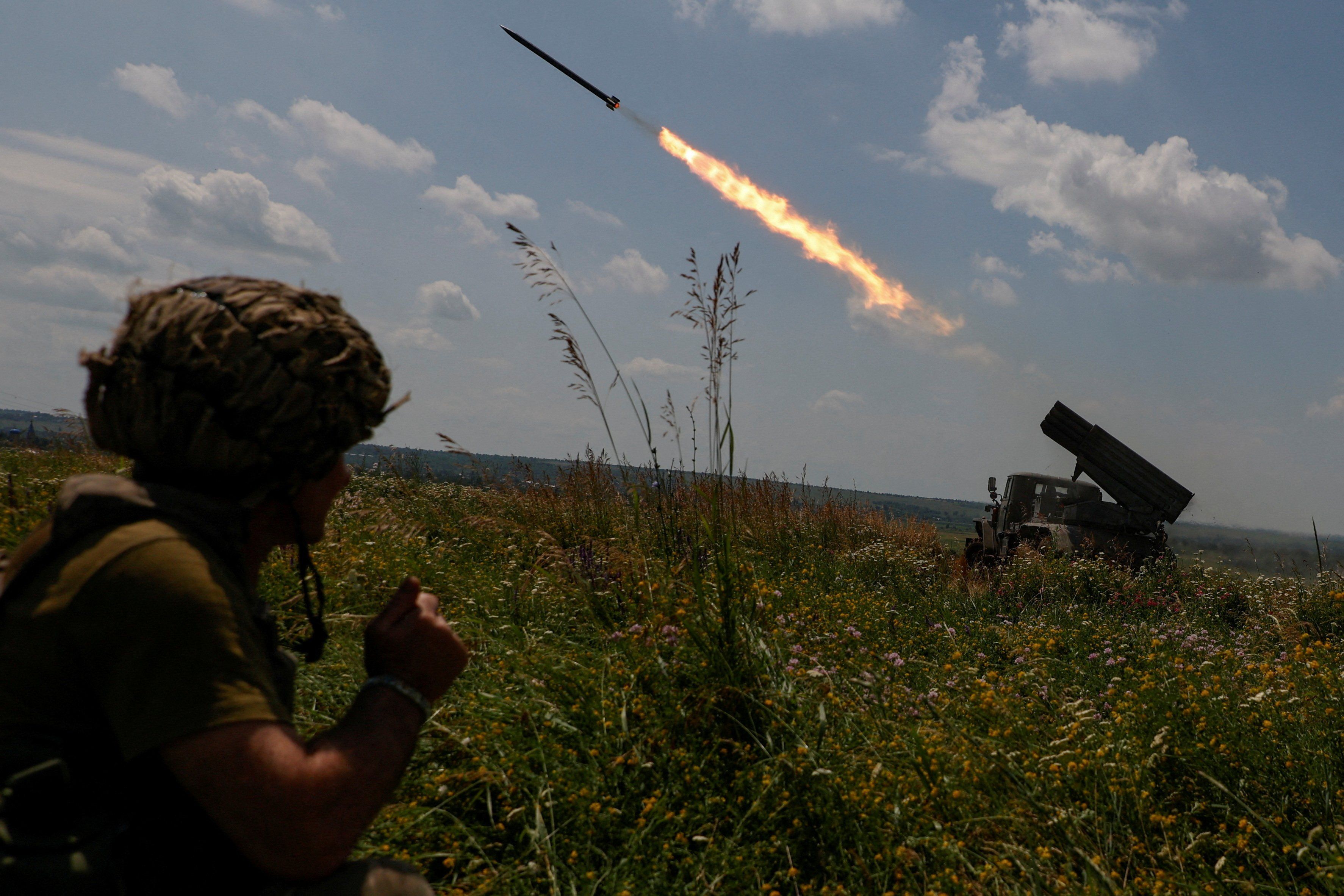As we wrote three weeks ago, the single most important (realistic) objective of Ukraine’s ongoing counteroffensive against Russian invaders is to persuade backers in Europe and the United States that Ukraine can make good use of more weapons, training, and money to finally win the war. The immediate hope shared in Kyiv, Washington, and European capitals is that in the coming months, Ukrainian forces can drive a wedge to the country’s southern coast, separating Russian forces in Crimea from those in the eastern Donbas region.
So far, progress has been slow. Even President Volodymyr Zelensky has admitted that battlefield progress has been “slower than desired,” though he adds sensibly that lasting victory, not quick victory, is the attainable goal.
In recent days, however, there are signs of more significant Ukrainian gains. Pro-Russian online activity reports that Ukrainian forces have crossed the Dnipro River in the Kherson region north of Crimea and established an important bridgehead that can bring more gains. On Tuesday, a UK defense ministry spokesperson called it “highly likely” that Ukraine has recaptured land in the eastern Donbas region that Russian forces and Russian-backed separatists have held since 2014. Zelensky has hinted at recent military progress too.
Is the counteroffensive truly gaining steam? It will probably be weeks before anyone can have confidence that gains can be sustained and will continue.
